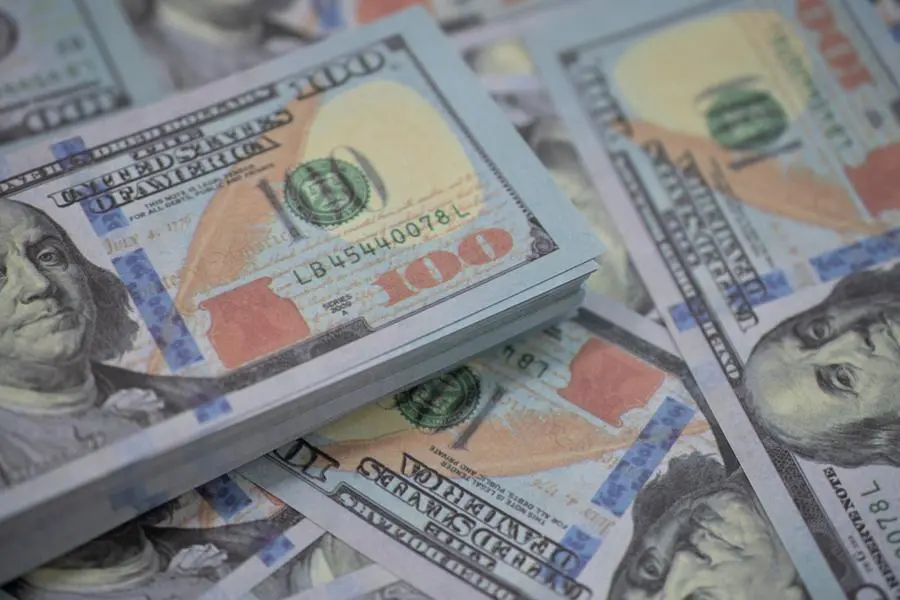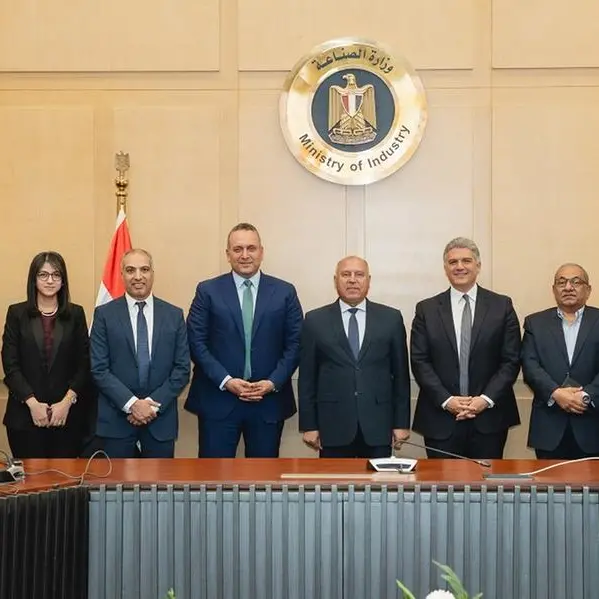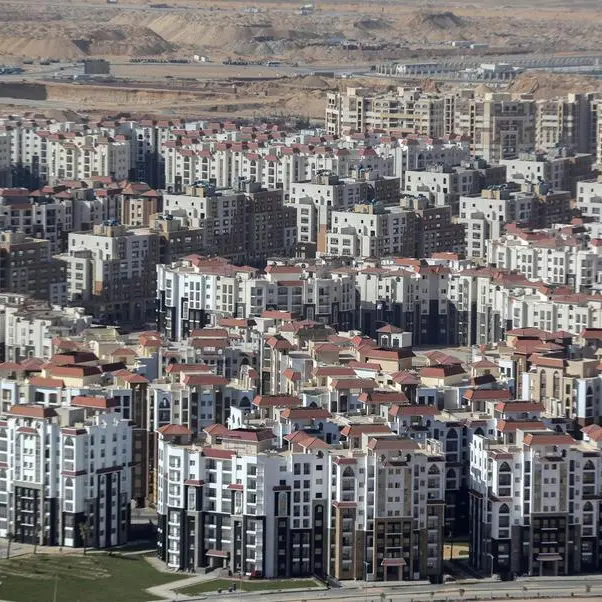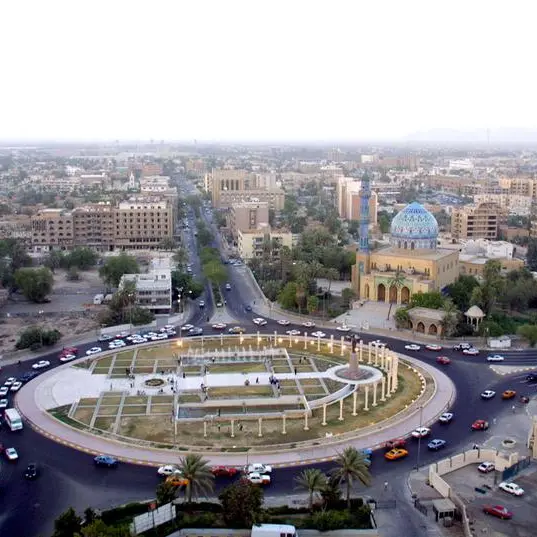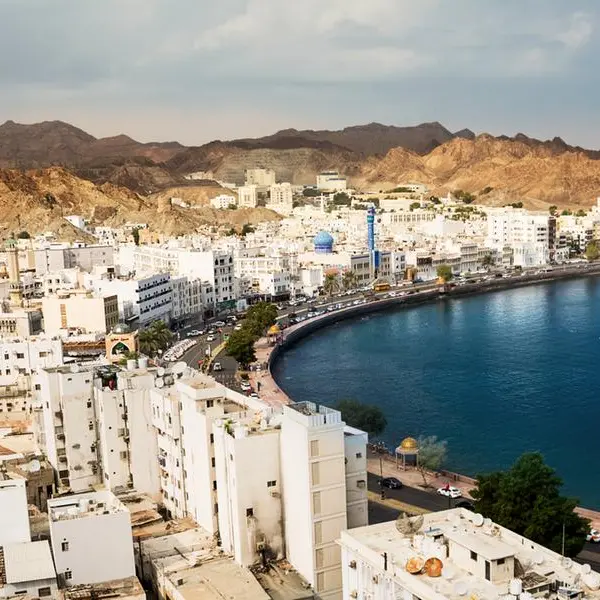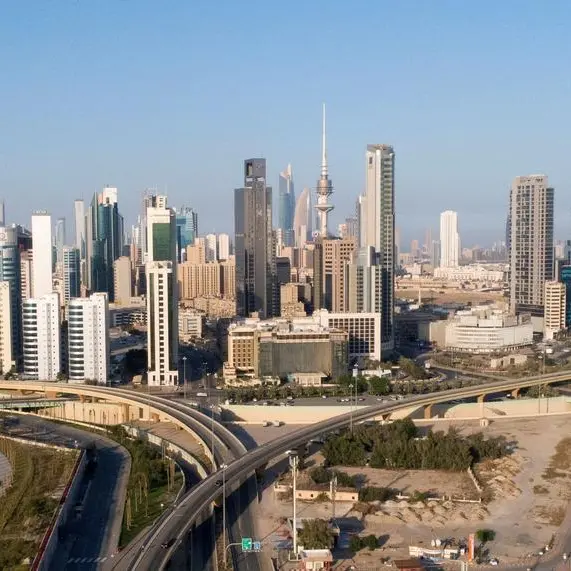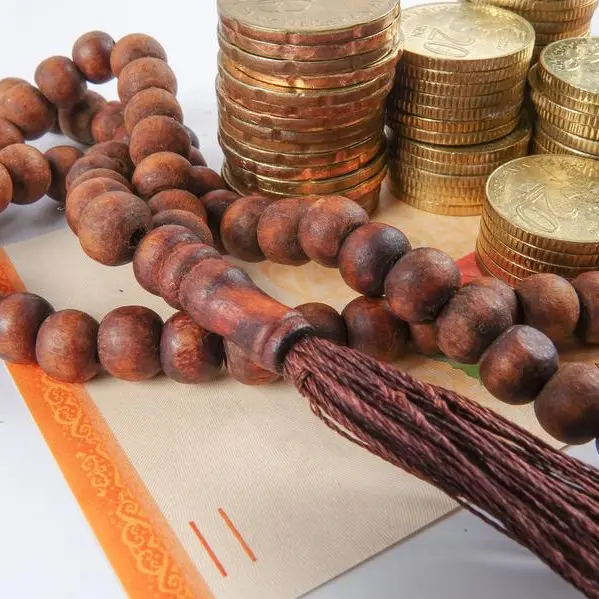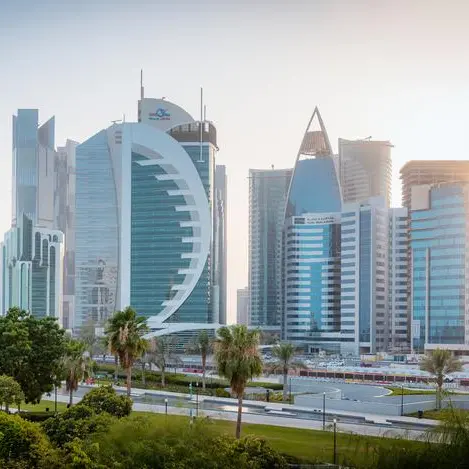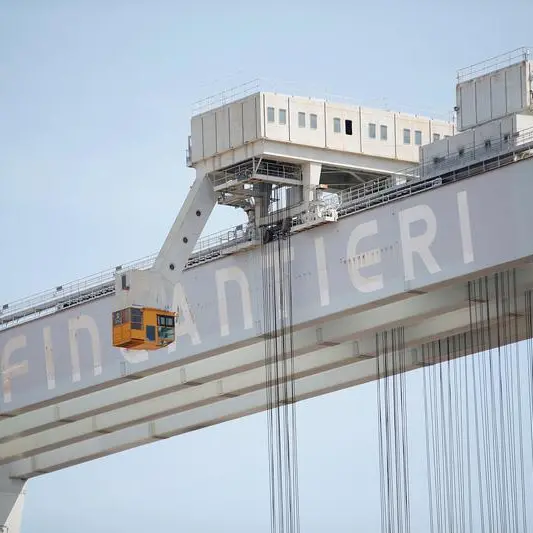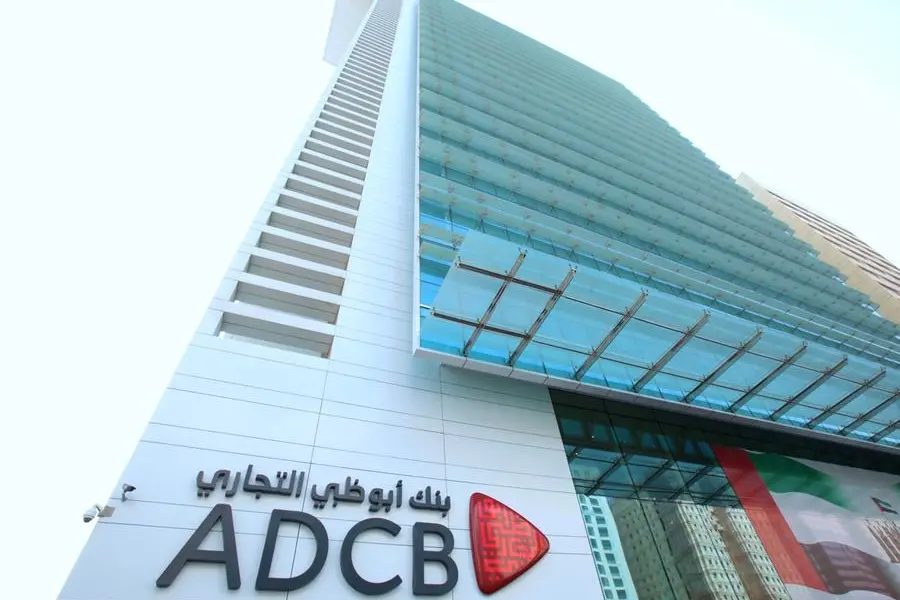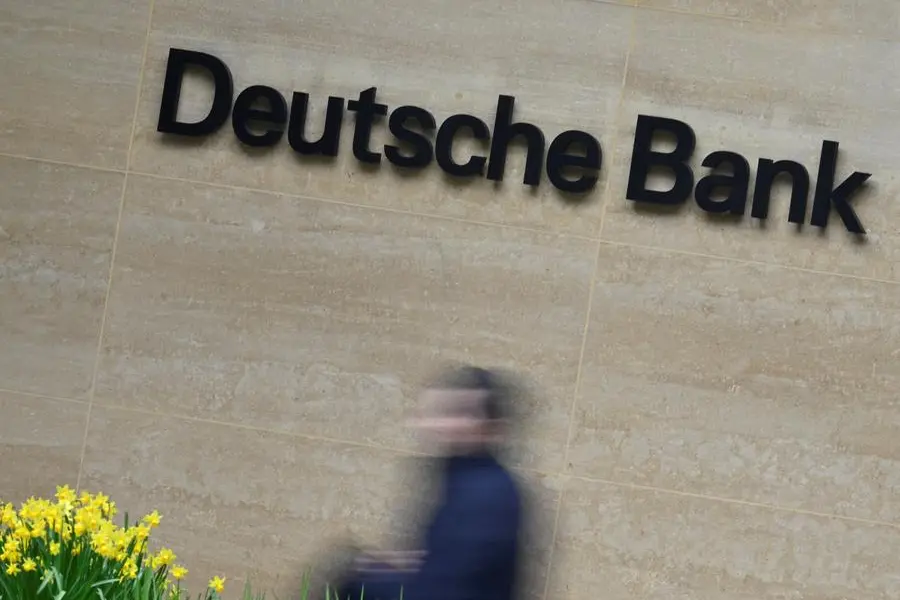PHOTO
Big amount of US Dollar bank notes. Getty Images Image used for illustrative purpose.
Projects worth $101 billion were awarded in the first half of 2023 in the Middle East and North Africa (MENA), global consultancy JLL said in its latest construction market intelligence report released on Wednesday.
Almost 67% of the total project awards, or $44 billion, came from Saudi Arabia ($44 billion) and the UAE contributed $23 billion.
However, Egypt experienced a decline in the value of awarded projects year-on-year (YoY) but has a robust pipeline of upcoming projects.
In the UAE, the residential sector stood out as the strongest, with over $9 billion worth of awarded projects. Dubai alone accounted for almost 75% of the total value.
In addition, Saudi Arabia and Egypt awarded projects worth $5 billion and $771 million in the residential sector, respectively.
The hospitality and mixed-use segments also emerged as prominent sectors, with Saudi Arabia’s leisure projects contributing $2 billion.
The combined estimated value of the project pipeline in the MENA region exceeded $3 trillion, with Egypt, Saudi Arabia, and the UAE collectively owning over 60% of it.
The Kingdom led with an approximately 35% share, translating to an anticipated value of $1.3 trillion. The UAE and Egypt have an estimated value of $500 billion each.
Laura Morgan, Market Intelligence Lead MEA at JLL, said: “While global interest rate hikes, high levels of inflation and a sluggish trade recovery continued to impact the construction industry globally, the region stood out as an anomaly showcasing a sustained growth trajectory.”
With an impressive project pipeline surpassing $3 trillion, led predominantly by nations like the UAE, Saudi Arabia, and Egypt, the construction sector promises more than just stability in the forthcoming period, she added.
On the other hand, Saudi Arabia’s construction market size is poised for a 4% average annual growth rate between 2024 and 2027, driven by ongoing economic diversification efforts rooted in the Saudi Vision 2030.
Notable projects like ROSHN’s SEDRA, Jeddah Central, and Diriyah Gate Development Authority’s Diriyah, as well as initiatives by the Public Investment Fund such as Oxagon, THE LINE, Sindalah island, Trojena, and other residential and tourism projects, continue to progress swiftly, with the building and construction sector contributing 6% to the GDP, JLL said, citing Saudi Contractors Authority (SCA) data.
The UAE’s construction market size is expected to grow by over 3% average annual growth rate between 2024 and 2027, primarily fuelled by increased investment in the infrastructure and real estate sectors, including residential, hospitality, mixed-use, and commercial real estate.
Regarding tender price inflation, an average annual percentage change of 3% is estimated in the UAE. However, when it comes to the Kingdom, it is slated to experience an average annual increase of approximately 6% in 2023.
Looking ahead to 2024, tender price inflation will be approximately 2% in the UAE, considering the stabilisation of commodity prices from the second half of 2023.
(Editing by Seban Scaria seban.scaria@lseg.com )
